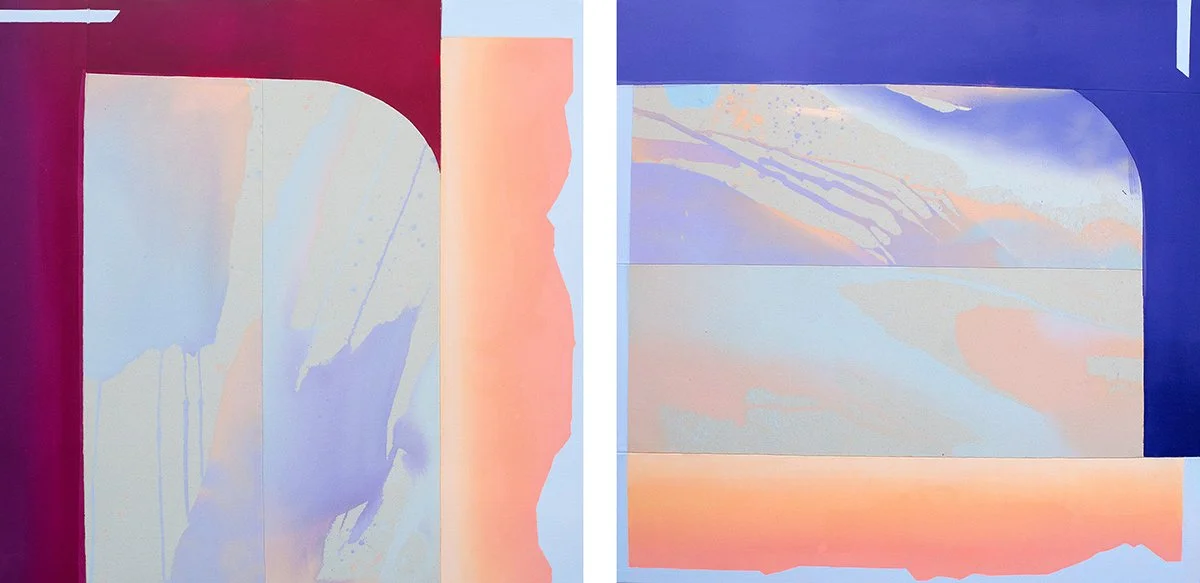Charley Friedman’s Soundtracks for the Present Future is currently on view until April 7 at the Gregory Allicar Museum of Art in Fort Collins. In the museum’s largest space, the Griffin Foundation Gallery, the artist floats dozens of acoustic guitars, mandolins, and basses, each attached to electrical wires that converge toward a laptop at the center of the room. The installation invites viewers to move amongst the “constellation” of instruments and embody the sounds and vibrations each one makes as it is automatically plucked by a robotic arm holding a singular guitar pick.
Welcome to DARIA: Denver Art Review, Inquiry, and Analysis, a publication devoted to art writing and criticism focused on the Denver-area visual art scene. DARIA seeks to promote diverse voices and artists while fostering critical dialogue around art.













![]MARGINS[](https://images.squarespace-cdn.com/content/v1/5dade78ef3de04278ab5b4e8/1706556791874-RM7RABP1MHJ4GM9S100G/orimo_notes45+%281%29.jpg)







